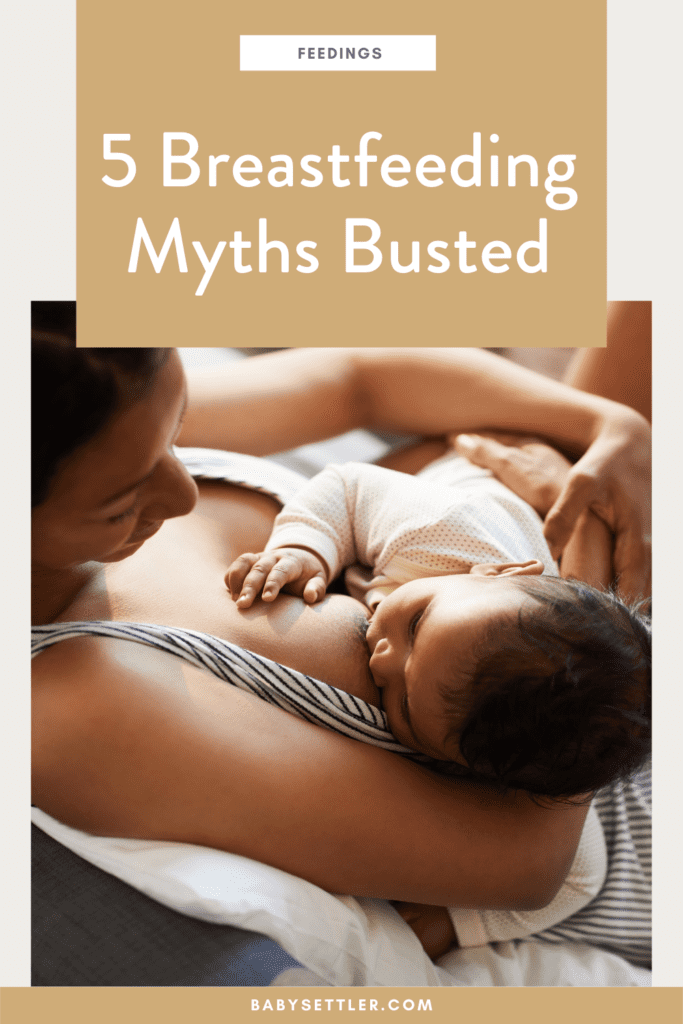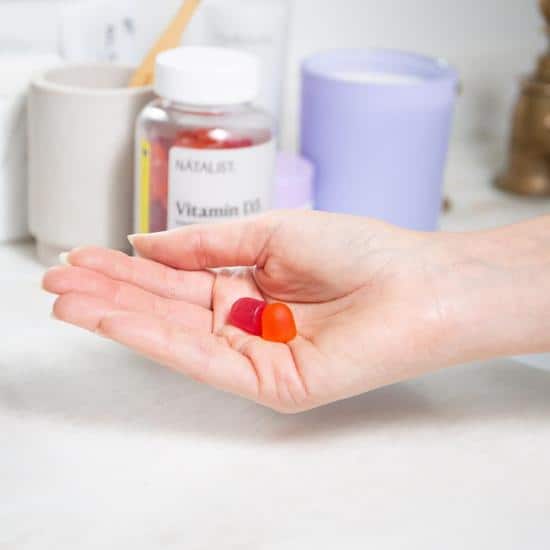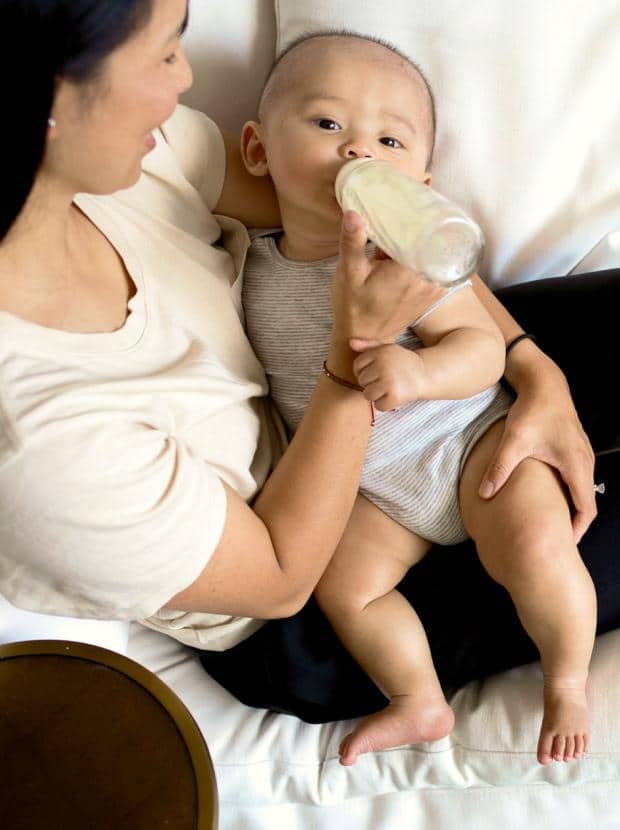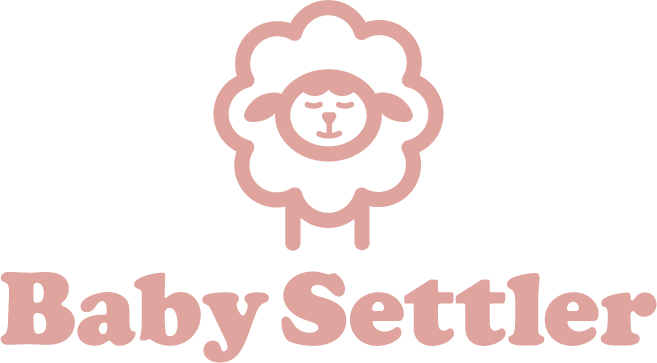
When you become a mom, there are plenty of people in your life who will offer you free advice on how to look after your newborn. However, there are some myths that are routinely dolled out, especially when it comes to breastfeeding. Let’s bust these breastfeeding myths!
Myth 1: Don’t Offer A Breastfeeding Baby A Pacifier
Have you heard this myth? Offering a pacifier to a newborn will cause nipple confusion and make breastfeeding difficult. Well, I’m here to tell you that this is a myth! You can offer your newborn a pacifier without fear.
I recommend waiting to introduce a pacifier until after breastfeeding is established (usually after the first two weeks but could be sooner for some babies). We want mom’s breast milk established and to make sure baby is latching without any issues beforehand.
Plus, sucking on a pacifier is known to help with reflux, the American Academy of Pediatrics suggests that offering a pacifier during sleep reduces the risk of SIDS, and the non-nutritive sucking is soothing for baby

Quick Tip: If your baby sucks on the paci and falls asleep within a few minutes, they probably just needed it to soothe. If they are vigorously sucking on a paci and wide awake, they may actually be hungry!
Myth 2: It’s Normal For Breastfeeding To Be Painful
No! Mama, if breastfeeding continuously hurts, then something has got to change.
When you first begin breastfeeding, it may feel uncomfortable because it’s a new experience, but it shouldn’t be painful.
The key for successful breastfeeding is a good latch. Unfortunately, newborns don’t come into the world instinctively knowing how to latch correctly, so you’ve got to help them out.
So, what does a good latch look like? First of all, your baby shouldn’t have to twist their neck to feed; their spine, head and neck should all be aligned, and their chin should be pointed upwards slightly.
Secondly, your baby’s mouth should cover a large part of your areola – your milk doesn’t only come from the nipple.
To learn how to get your newborn to latch correctly, click here.

Quick Tip: If breastfeeding is overwhelming, or perhaps you want to get prepared for your little one’s arrival, some time with a lactation consultant can set you up for breastfeeding success.
Myth 3: You’ve Got To Drink Milk While Breastfeeding
There is no need to drink milk in order to make milk.
Milk production is tied to how well the breasts are being drained – it’s all about supply and demand. So, breastfeeding your baby until your breasts are drained signals to your body to produce more milk.
However, it is important to eat a highly nutritious diet with enough calories to support you – breastfeeding burns a lot of calories.
Healthline recommends pumpkin, protein-rich foods (chicken, tofu, and seafood), fennel, and fenugreek to help increase breastmilk supply.
I highly recommend prenatal and postpartum vitamins to make sure you get the nutrients you need. Natalist’s range of supplements are created especially for moms’ optimal health.

Myth 4: You Can’t Breastfeed When You’re Sick
Our bodies truly are incredible! Breastfeeding continues to be safe and healthy for babies even when mama isn’t feeling well.
“In fact, part of the benefit of breastfeeding is that because your baby is likely exposed to the same cold or flu that you picked up, it’s easier for your mature immune system to develop the antibodies and leukocytes to fight the cold/flu than hers. These antibodies and leukocytes are transferred through your breast milk when you breastfeed,” explains Medela.
But, you’ve got to be careful if you’re taking medication. Whenever medicine is recommended to you, make sure that your doctor and pharmacist know that you’re breastfeeding.
Myth 5: You Can’t Give Your Baby Formula As Well As Breast Milk
This is completely untrue. When it comes to feeding, you don’t have to only go all in with formula or breast milk.
“Mothers may decide they need to use formula on some occasions, while continuing to breastfeed…To keep breast milk production going, continue offering the breast to your baby as often as possible,” says UNICEF.
There may be times when you want to give your baby bottles with formula, and if you’re on maternity leave, it’s important to introduce your baby to a bottle (and formula if you’re going to reduce pumping to decrease your breast milk supply) sooner rather than later.
Make sure you choose a high quality formula that contains the vitamins and minerals your little one needs. I recommend Bobbie Organic Infant Formula because it’s easy on little tummies and supports immunity.
To learn how to safely wean your baby off breastfeeding, click here.

With so many myths out there, breastfeeding can seem daunting! This is one of the reasons why I created the Breastfeeding Made Simple course. Through this course, you’ll gain the knowledge you need to breastfeed confidently.




